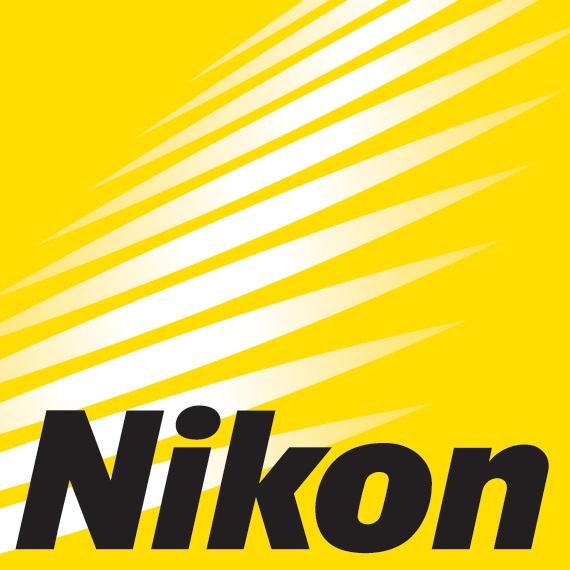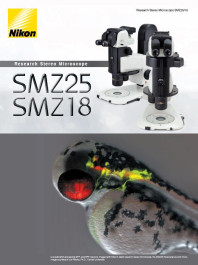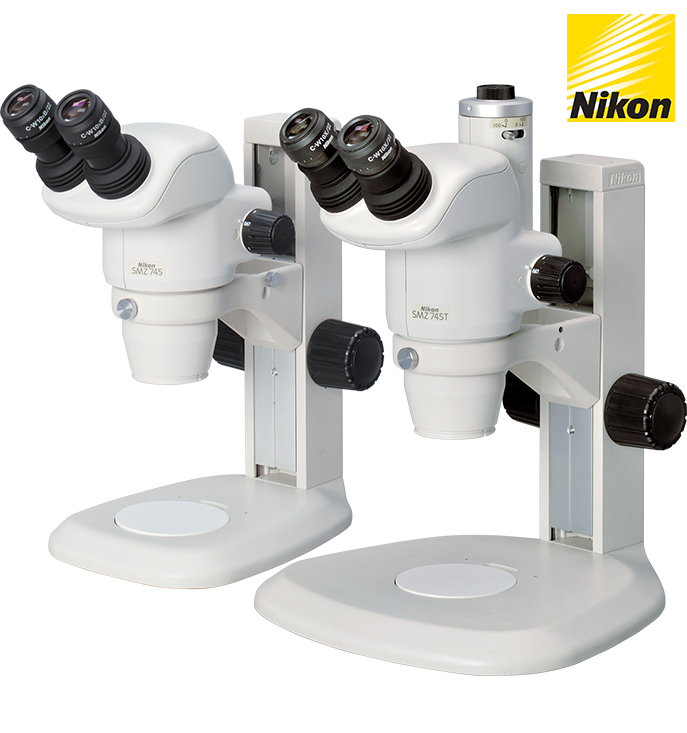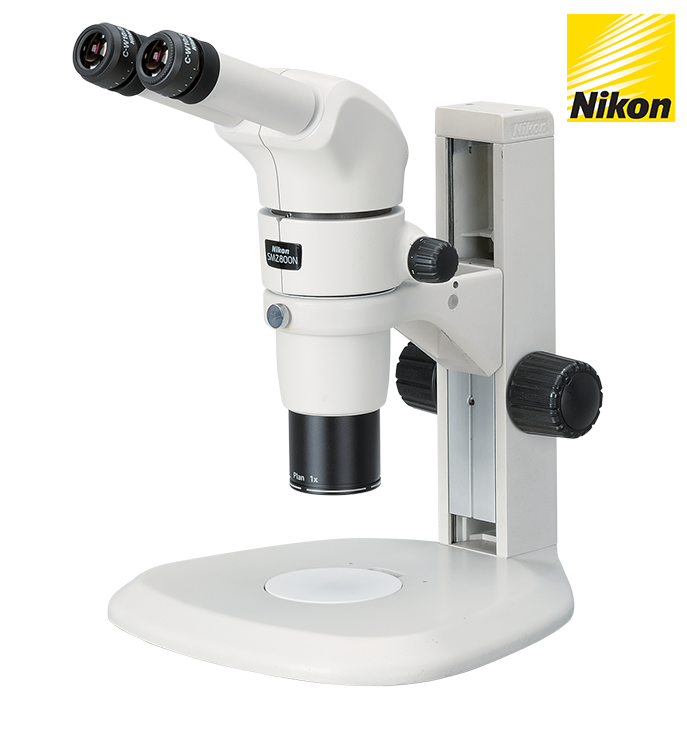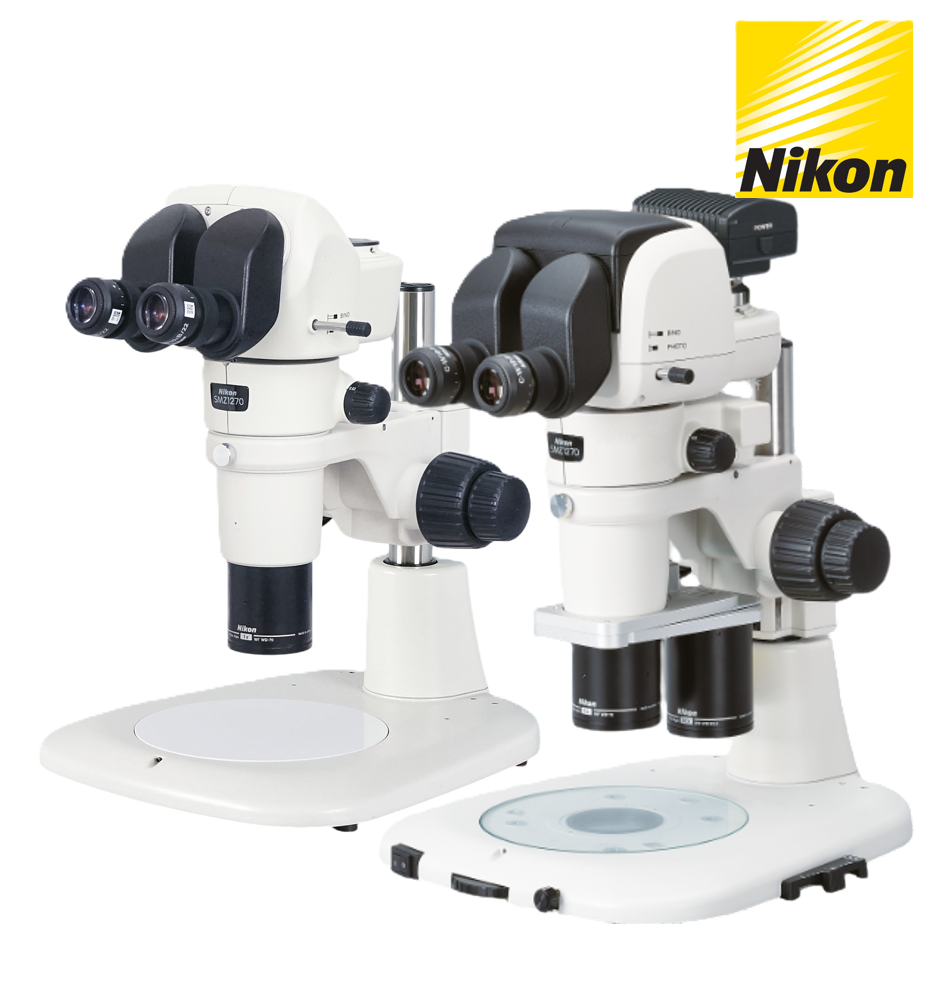SMZ25 / SMZ18
최첨단 실체 현미경 광학 기술
분자 생물학과 발생 생물학 같은 전통적인 과학 분야 간의 경계는 빠르게 사라지고 있습니다.
연구자들은 분자 수준의 발견을 세포, 조직 및 개체 연구에서 얻은 결과와 연결하고자 노력하고 있기 때문이죠.
이러한 배경 속에서 분자 생물학, 세포 생물학, 신경 생물학, 발생학, 발달 생물학 및 시스템 생물학을 포함한 여러 분야에서는 단일 세포부터 전체 유기체에 이르는 공간 스케일을 아우르는 이미징 시스템에 대한 필요성이 점점 커지고 있습니다.
이러한 요구 사항들을 염두에 두고 니콘은 25:1의 넓은 줌 비율, 고해상도, 그리고 탁월한 형광 투과 성능을 특징으로 하는 실체 현미경을 개발했습니다.
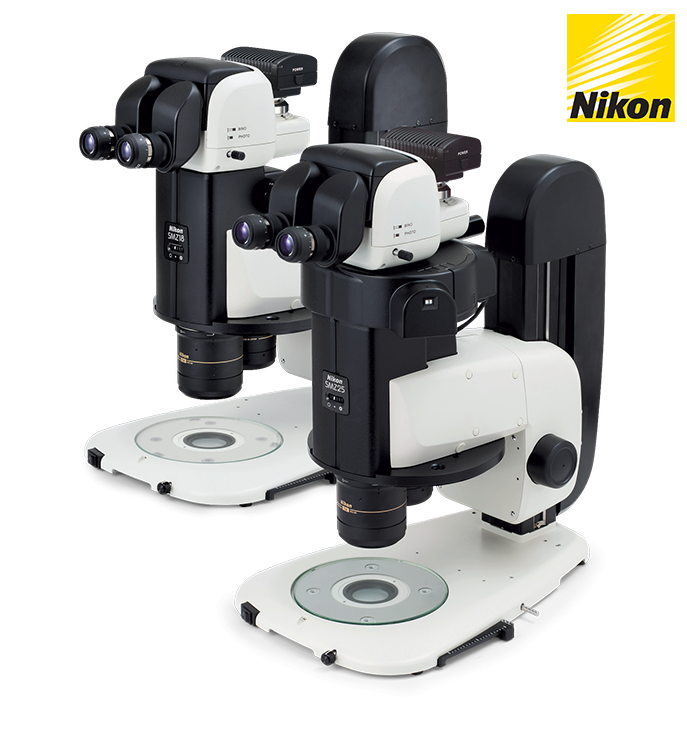
넓은 줌 범위는 고해상도의 Macro에서 Micro 이미징을 가능하게 합니다.
25:1의 Dynamic zoom 비율
*SMZ25
Perfect Zoom System의 혁신적인 광학 시스템 덕분에 25:1의 줌 비율(줌 범위: 0.63배 ~ 15.75배)을 최초로 달성할 수 있었습니다.
1배 대물렌즈만으로도 SMZ25는 35mm 디쉬 전체를 담아내면서 동시에 미세한 부분까지 현미경으로 관찰하는 디테일을 제공합니다.
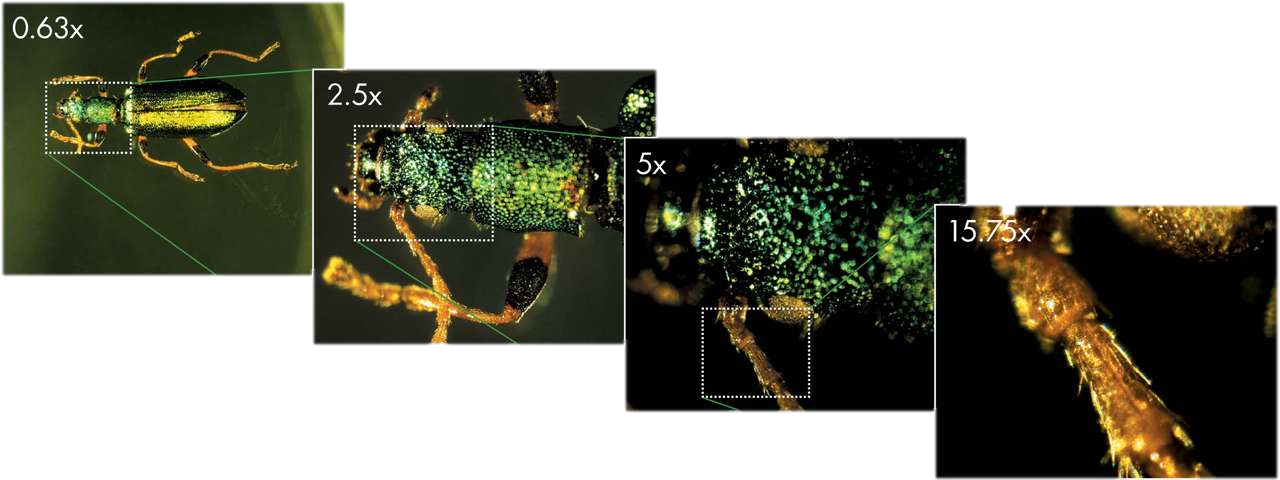
Arthromacra sp. / (SHR Plan Apo 1배 대물렌즈 및 SMZ25 사용) / 일본 곤충 협회 제공 이미지
Perfect Zoom System, 새로운 차원의 이미징 성능과 다기능성 제공
실체 현미경 디자인의 혁신인 Perfect Zoom System은 줌 배율이 변경됨에 따라 두 광학 축 사이의 거리를 동적으로 변화시킵니다.
광학 축 거리의 이러한 변화는 모든 배율에서 광학 시스템으로의 빛 유입을 극대화할 수 있게 합니다.
그 결과, 타협 없는 넓은 줌 범위와 양쪽 눈 경로 모두에서 높은 해상도를 구현하며, 전체 줌 범위에 걸쳐 수차를 최소화합니다.
더욱이, 이러한 획기적인 광학 설계는 이 모든 바람직한 특징들을 소형 줌 바디에 담을 수 있게 하여, 인체공학적인 기기 디자인을 완성했습니다.
뛰어난 줌 범위와 고해상도
SMZ25, SMZ18
SHR Plan Apo 시리즈 대물렌즈는 1100LP/mm의 고해상도를 제공하며(SHR Plan Apo 2배 대물렌즈 최대 줌 사용 시 관찰 값), 실제와 같은 색상으로 선명한 이미지를 구현합니다.
SHR Plan Apo series
해상도 차트를 이용한 해상도 및 색수차 비교
-

SMZ25
-

Conventional model
Auto Link Zoom (ALZ)은 다양한 배율에서 끊김 없는 관찰을 지원합니다.
SMZ25
ALZ(Auto Link Zoom)은 대물렌즈를 교체할 때 동일한 시야를 유지하도록 줌 배율을 자동으로 조정합니다.
이 기능 덕분에 저배율에서 전체 유기체를 관찰하는 것부터 고배율에서 미세한 부분을 자세히 이미징하는 것까지 끊김 없이 전환할 수 있습니다.

저배율 범위에서 향상된 밝기와 균일한 조명
SMZ25 시리즈는 에피형광 부착 장치에 fly-eye 렌즈를 사용한 세계 최초의 실체 현미경입니다.
이 혁신적인 디자인은 저배율에서도 밝고 균일한 조명을 보장하여, 넓은 시야에서 타협 없는 밝기 균일성을 구현합니다.
-
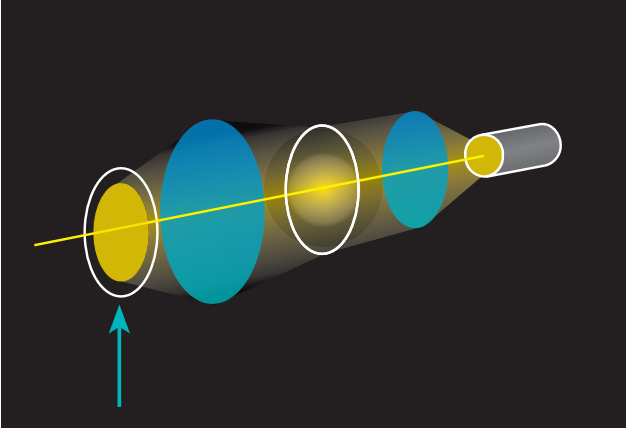
Conventional epi-fluorescence attachment / Poor illumination coverage
-
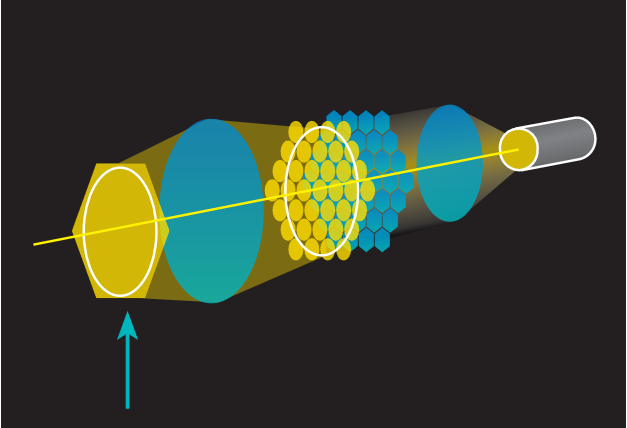
New epi-fluorescence attachment / Fly eye lens uniformly illuminates the entire field of view
개선된 광학 시스템 덕분에 향상된 S/N비와 선명한 형광 이미지
Nikon이 새롭게 개발한 광학 시스템은 고배율에서도 S/N비를 획기적으로 개선합니다.
이렇게 향상된 S/N비 덕분에 기존 실체 현미경으로는 관찰하기 어려웠던 세포 분열이나 낮은 Excitation light를 가진 샘플까지도 포착할 수 있게 됩니다.
- Julie C. Canman, Ph.D., Columbia University 제공 이미지 -
GFP 및 RFP 뉴런을 발현하는 살아있는 C. elegans의 형광 및 OCC 이미지
SMZ25를 사용하여 3배 줌 배율에서 SHR Plan Apo 2배 대물렌즈 사용
광학 성능이 대폭 향상된 Zoom Body
Nikon은 짧은 파장, 높은 투과율 렌즈를 사용하여 형광 이미지에서 신호를 개선하고 노이즈를 줄이는 데 성공했습니다.
혁신적인 에피형광 부착 장치와 결합된 SMZ18/25는 기존의 형광 실체 현미경보다 Excitation light를 더 잘 감지할 수 있습니다.
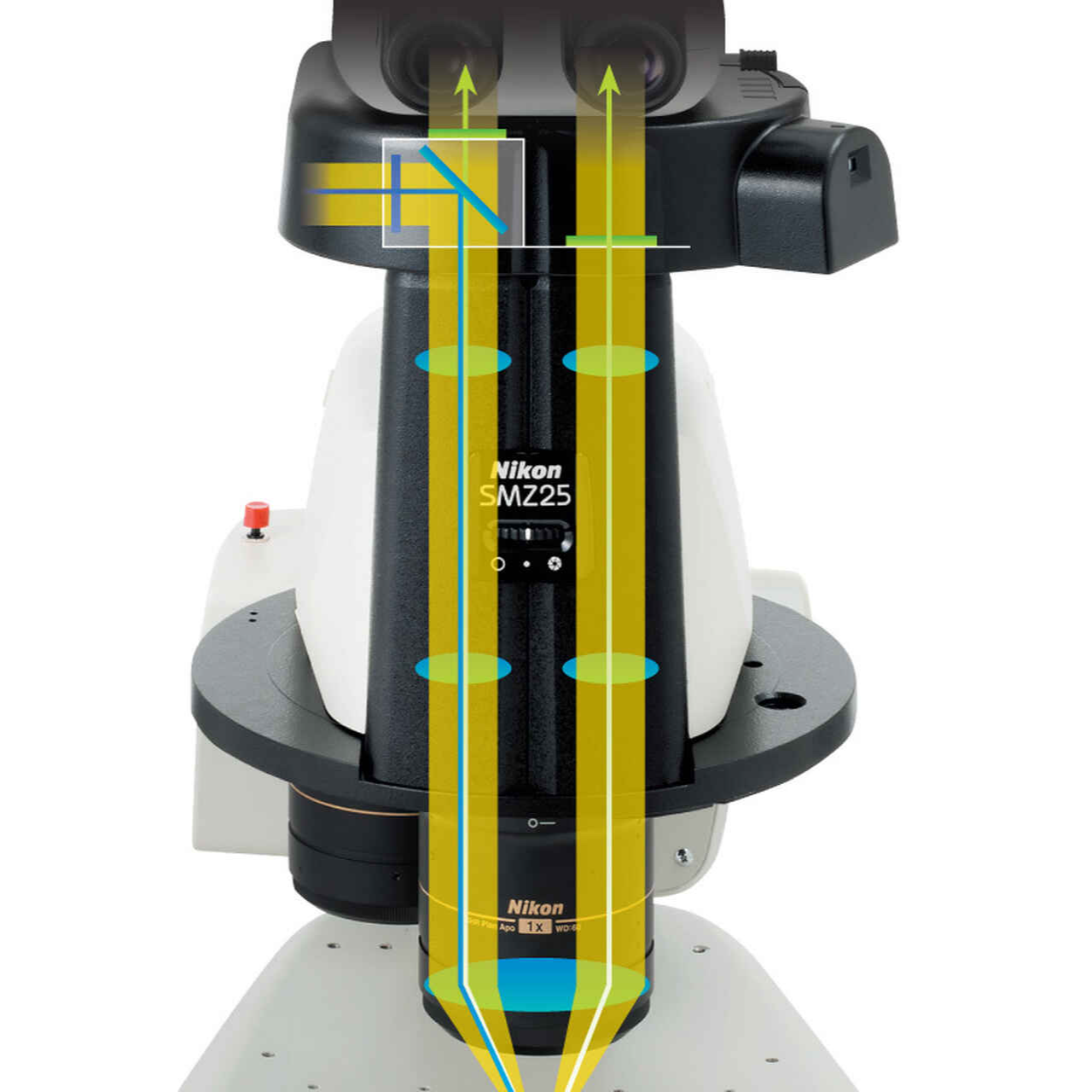
Nikon Digital Sight 카메라 및 NIS-Elements 이미징 소프트웨어로 폭넓은 디지털 이미징 기능 활용
Digital Sight 시리즈 및 NIS-Elements, 또는 Digital Sight 시리즈 DS-L4를 현미경과 함께 사용하여 Z 구동 위치, 줌 배율, 대물렌즈, 필터 큐브, LED DIA 밝기 등 필요한 정보를 쉽게 얻을 수 있습니다.
이미징 소프트웨어 NIS-Elements
하나의 소프트웨어로 모든 시스템을 제어: 니콘의 주력 크로스 플랫폼 이미징 소프트웨어인 NIS-Elements가 이제 니콘의 최신 실체 현미경 시스템인 SMZ25 및 SMZ18과도 함께 사용 가능합니다. NIS-Elements는 다양한 고급 디지털 이미징 기능을 PC에서 쉽게 활용할 수 있도록 지원합니다.
Multichannel (multicolor)
GFP와 mCherry를 발현하는 살아있는 초파리 배아에서 개별 세포 확인
(SMZ25를 사용하여 8배 줌 배율에서 SHR Plan Apo 2배 대물렌즈 사용)
-

이미지 제공: Max V. Staller, Ph.D., Clarissa Scholes, and Angela DePace, Ph.D., Harvard Medical School
-

이미지 제공: Max V. Staller, Ph.D., Clarissa Scholes, and Angela DePace, Ph.D., Harvard Medical School
Time-lapse
NIS-Elements로 Time-lapse 이미징 실험을 쉽게 설정할 수 있습니다.
살아있는 Zebrafish 내 GCaMP 발현 뉴런의 Time-lapse 이미징은 개별 뉴런들이 서로 다른 시점에 발화하는 모습(화살촉)을 보여줍니다.
last time-frame에서는 뉴런의 전체 군집이 발화하는 모습을 확인할 수 있습니다.

이미지 제공: Joe Fetcho, Ph.D., Cornell University
Extended depth of focus (EDF)
다양한 초점 깊이에서 여러 고해상도 이미지를 캡처하여 단일 심도 확장 이미지(Extended Depth of Focus image) 또는 유사 3D 이미지(quasi-3D image)를 생성합니다.
초점이 맞는 영역을 선택하여 모든 부분이 선명한 하나의 이미지 생성
Zebrafish embryo (SMZ25를 사용하여 3.4배 줌 배율에서 SHR Plan Apo 2배 대물렌즈 사용)
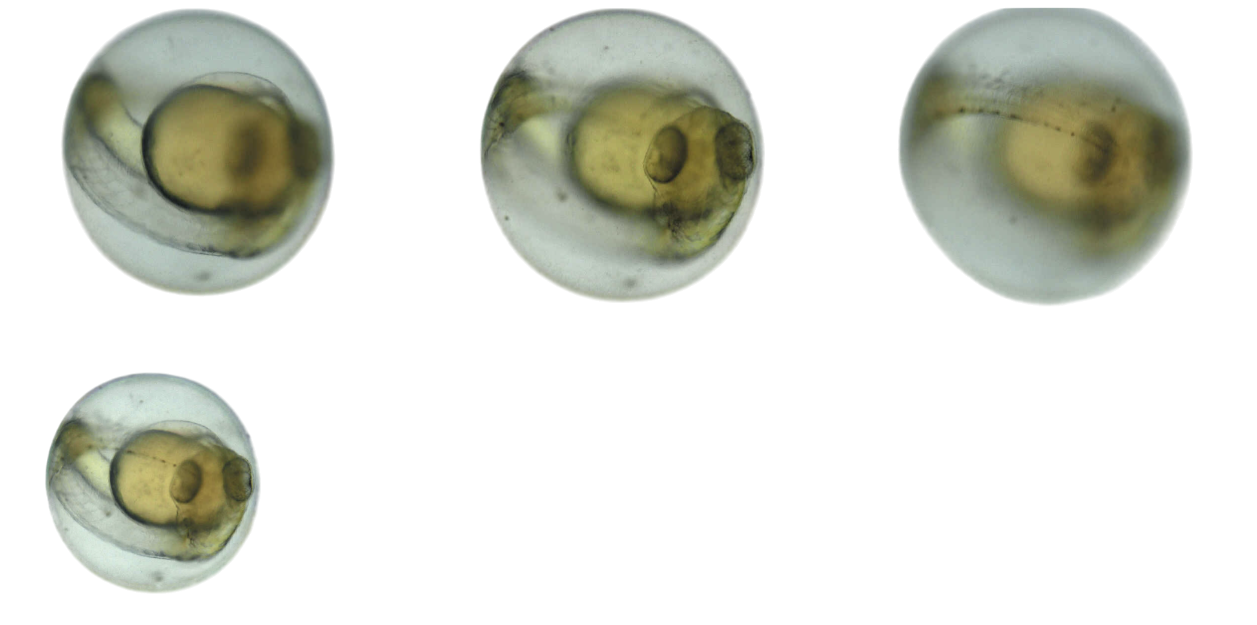
이미지 제공 : Hisaya Kakinuma, Ph.D., Laboratory for Developmental Gene Regulation, Developmental Brain Science Group, RIKEN Brain Science Institute
사용하기 쉬운 OCC 조명
내장형 OCC 조명 장치를 갖춘 새로운 LED DIA 베이스는 열 발생이 적고, 전력 소모가 적으며, 수명이 깁니다.
이 조명 장치는 배아와 같이 고르지 않은 표면의 대비를 향상시킬 수 있습니다.
Zebrafish embryo (SMZ18을 사용하여 5배 줌 배율에서 SHR Plan Apo 1배 대물렌즈 사용)
-

이미지 제공 : unichi Nakai, Ph.D. Saitama University Brain science Institute
-
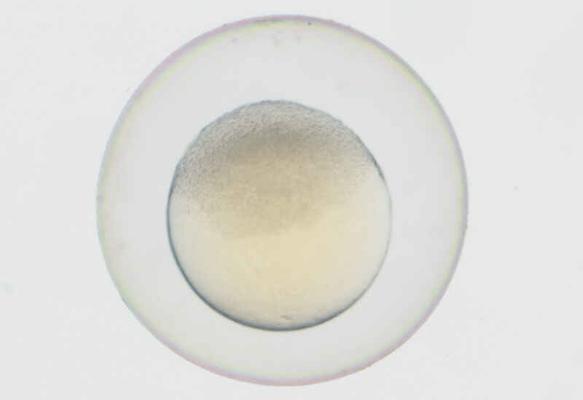
이미지 제공 : unichi Nakai, Ph.D. Saitama University Brain science Institute
OCC 조명 장치는 슬라이드 레버를 사용하여 제어할 수 있습니다.
슬라이드 레버에 있는 눈금 덕분에 사용자는 원하는 조명 수준을 저장하고 재현할 수 있습니다.
또한, OCC 플레이트는 조명 유닛의 앞면과 뒷면에서 삽입할 수 있어, 다양한 그림자 방향을 가진 이미지를 관찰할 수 있습니다.
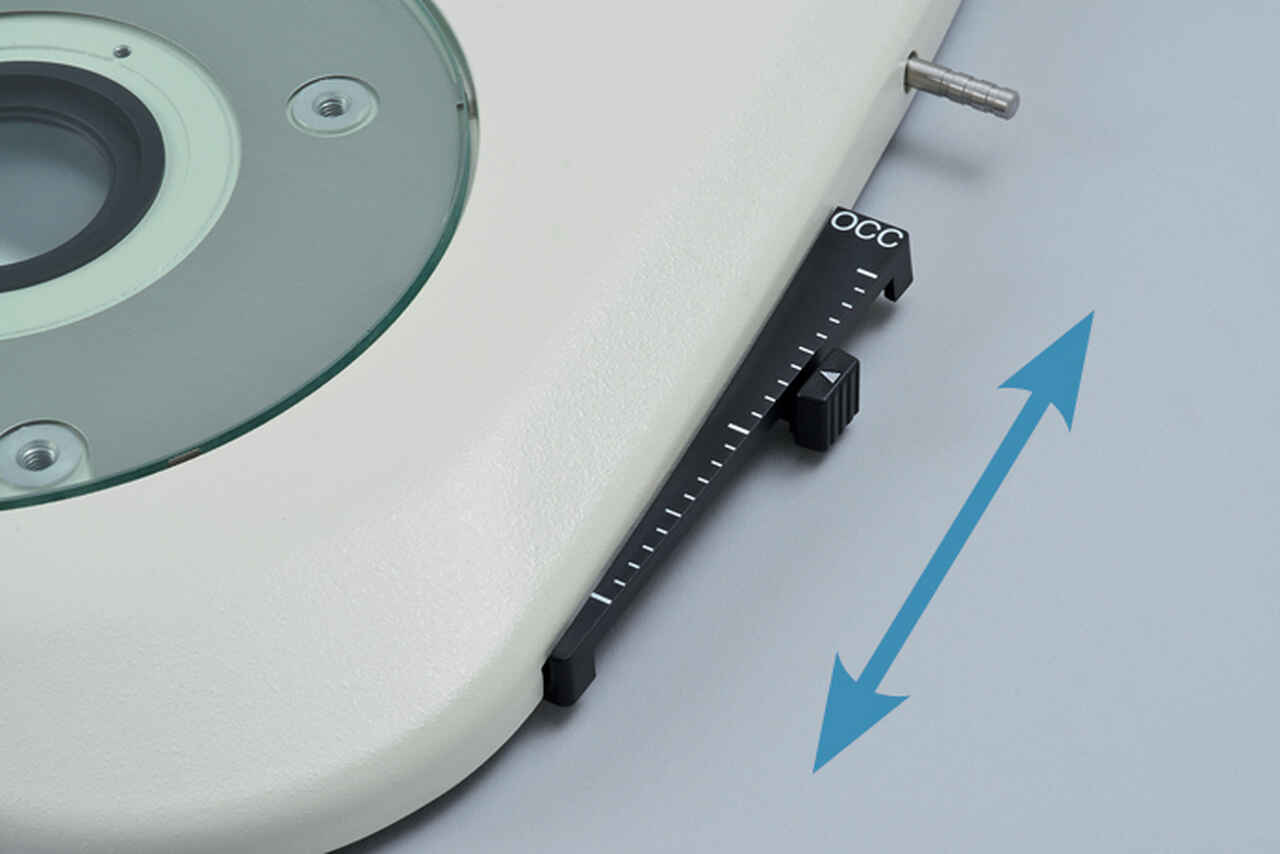
OCC illuminator
OCC 조명이란 무엇인가요?
OCC는 사각 코히어런트 대비(oblique coherent contrast)를 의미하며, 이는 Nikon에서 개발한 사광(비스듬한 빛) 조명 방식의 한 형태입니다.
아래에서 직접 비추는 기존의 투과 조명(diascopic illumination)과 비교하여, OCC 조명은 샘플에 사선 방향으로 coherent light을 적용하여 무색 투명한 샘플 구조에 대비(contrast)를 부여합니다.
OCC 이미지 예시
P-DSF32 및 광섬유 투과 조명(Fiber Diascopic Illumination)을 사용하는 SMZ18 현미경으로 SHR Plan Apo 1배 대물렌즈를 이용하여 13.5배 줌 배율로 관찰한 C. elegans
-
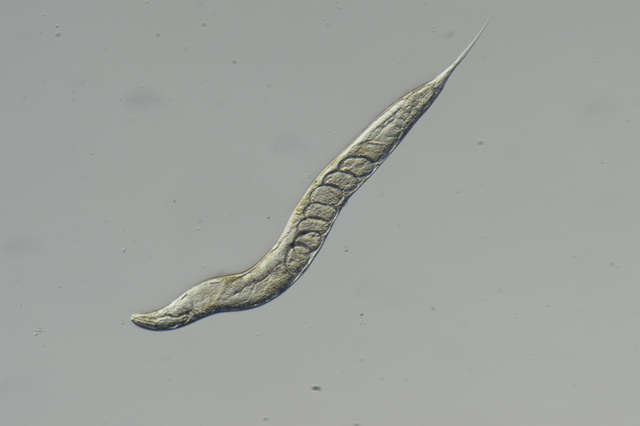
OCC 조명
이미지 제공 : Dr. Yoshiaki Furukawa Associate Professor, Department of Chemistry, Faculty of Science and Technology, Keio University -
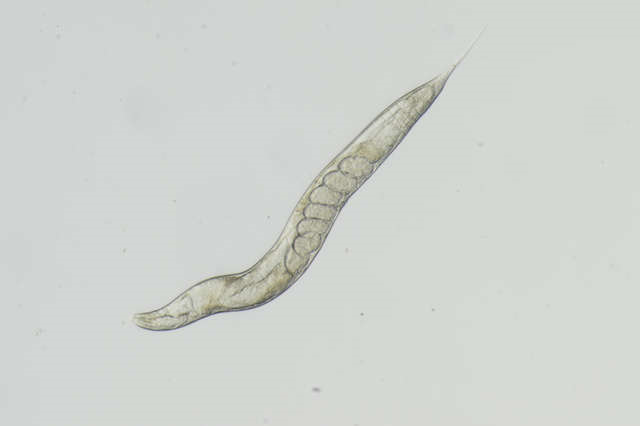
표준 투과 조명
이미지 제공 : Dr. Yoshiaki Furukawa Associate Professor, Department of Chemistry, Faculty of Science and Technology, Keio University
P-DSF32 및 광섬유 투과 조명(Fiber Diascopic Illumination)을 사용하는 SMZ18 현미경으로 SHR Plan Apo 1배 대물렌즈를 이용하여 8배 줌 배율로 관찰한 1일 된 제브라피쉬 배아
-
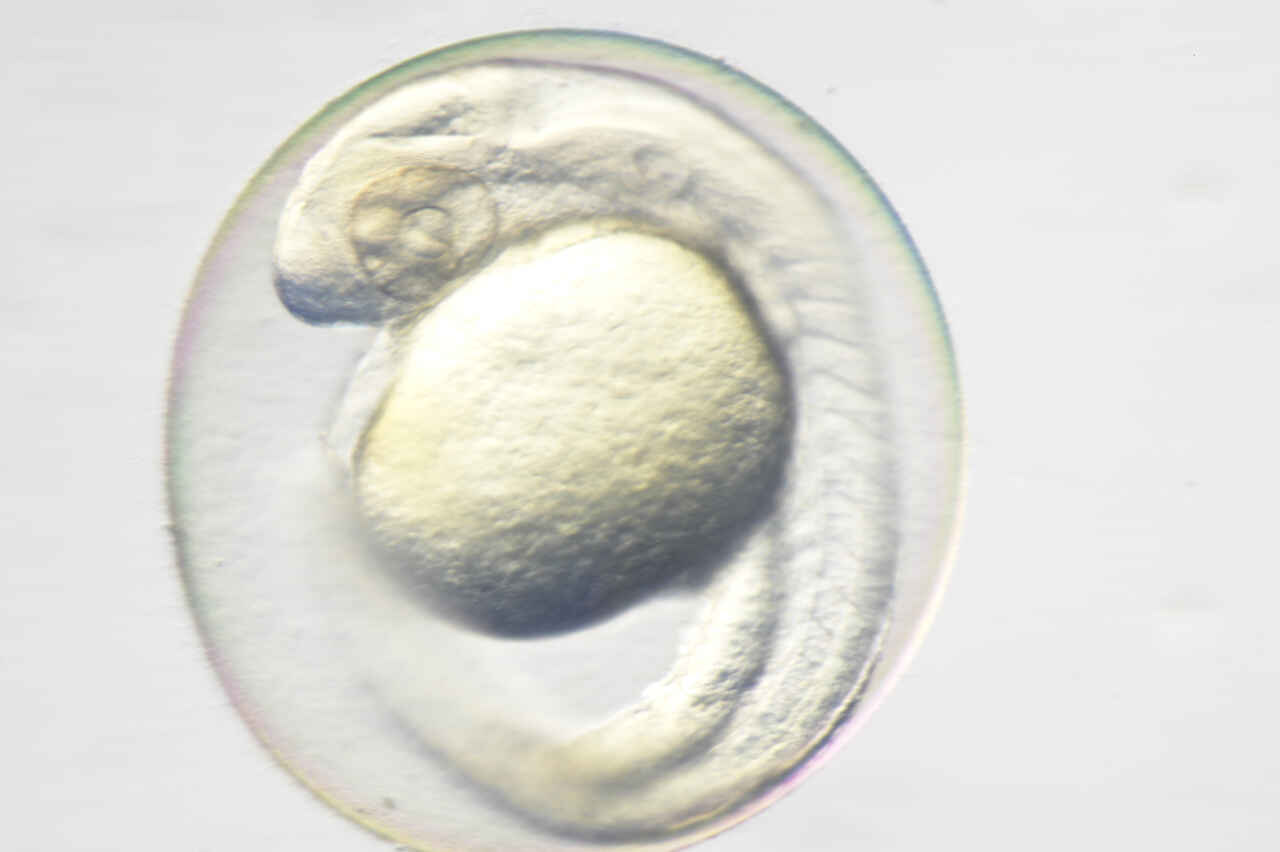
OCC 조명
-
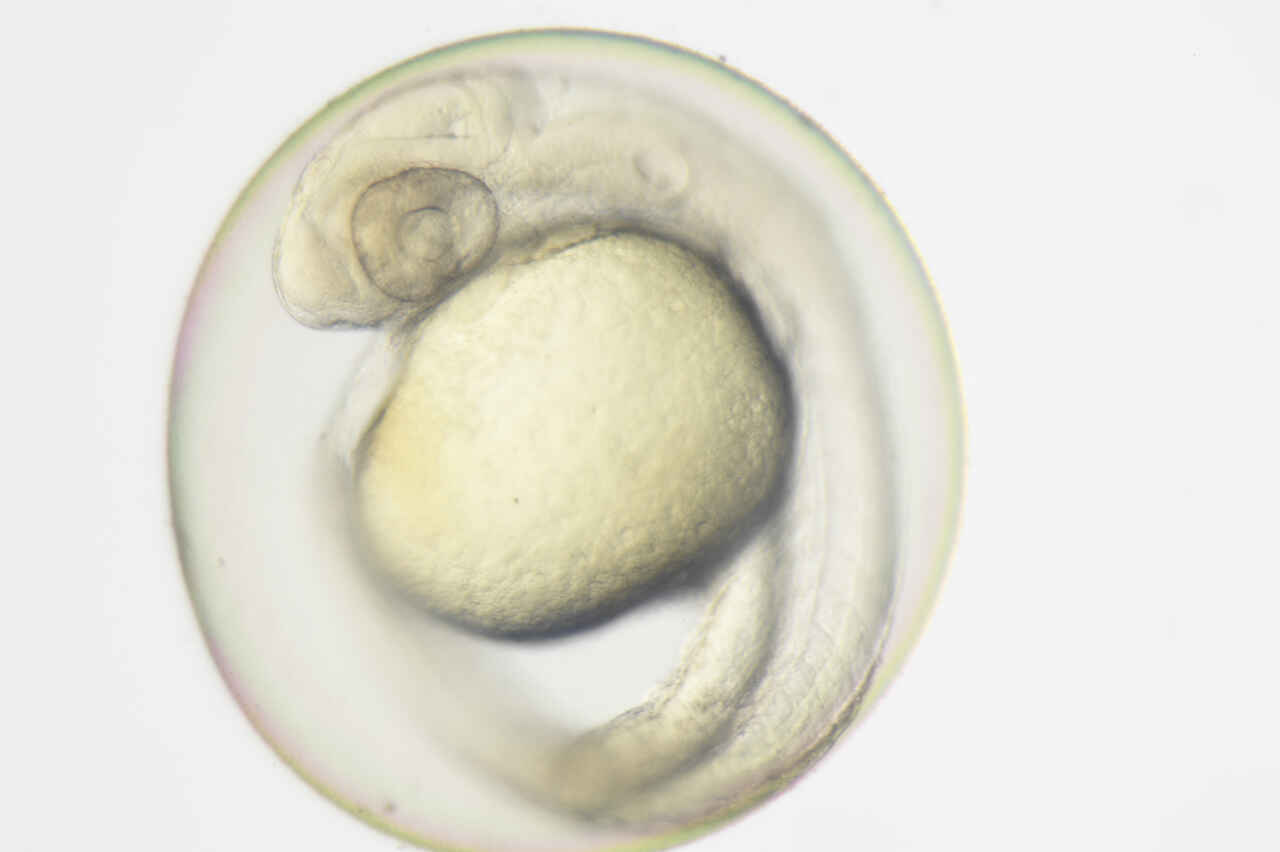
표준 투과 조명
P-DSF32 및 광섬유 투과 조명(Fiber Diascopic Illumination)을 사용하는 SMZ18 현미경으로 SHR Plan Apo 1배 대물렌즈를 이용하여 13.5배 줌 배율로 관찰한 부화 후 2일 된 Zebrafish
-

OCC 조명
이미지 제공 : Hitoshi Okamoto, MD, PhD Lab for Neural Circuit Dynamics of Decision Making RIKEN Center for Brain Science (CBS) -

표준 투과 조명
이미지 제공 : Hitoshi Okamoto, MD, PhD Lab for Neural Circuit Dynamics of Decision Making RIKEN Center for Brain Science (CBS)
사용자 친화적인 리모컨
SMZ25
새로운 리모컨은 줌 및 초점 조작에 쉽게 접근할 수 있도록 해주며, 오른손잡이와 왼손잡이 모두를 위해 설계되었습니다.
이 리모컨에는 조절 가능한 백라이트가 있는 LCD 모니터가 있어 줌 배율, 대물렌즈, 필터 큐브, LED DIA 밝기와 같은 정보를 한눈에 확인할 수 있습니다.

디지털 이미지를 위한 동축 이미징
P2-RNI2 지능형 노즈피스 사용 시 대물렌즈를 밀기만 하면 입체 위치(입체 시야)와 단일 위치(동축 시야) 간에 쉽게 전환할 수 있습니다.
스펙


